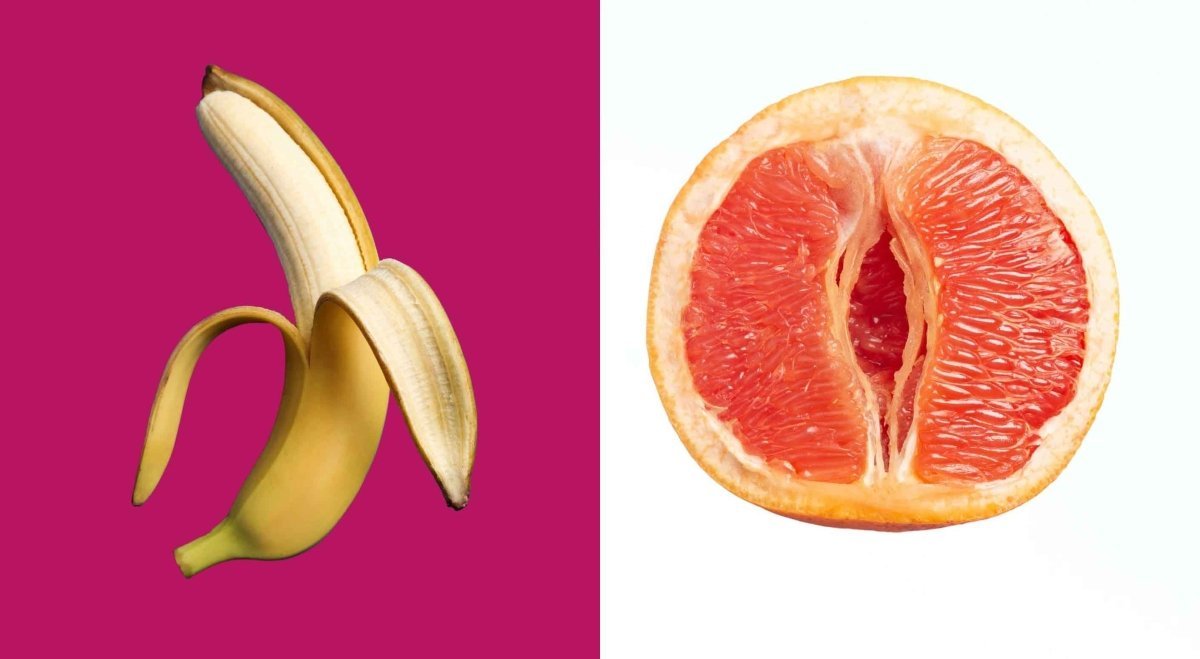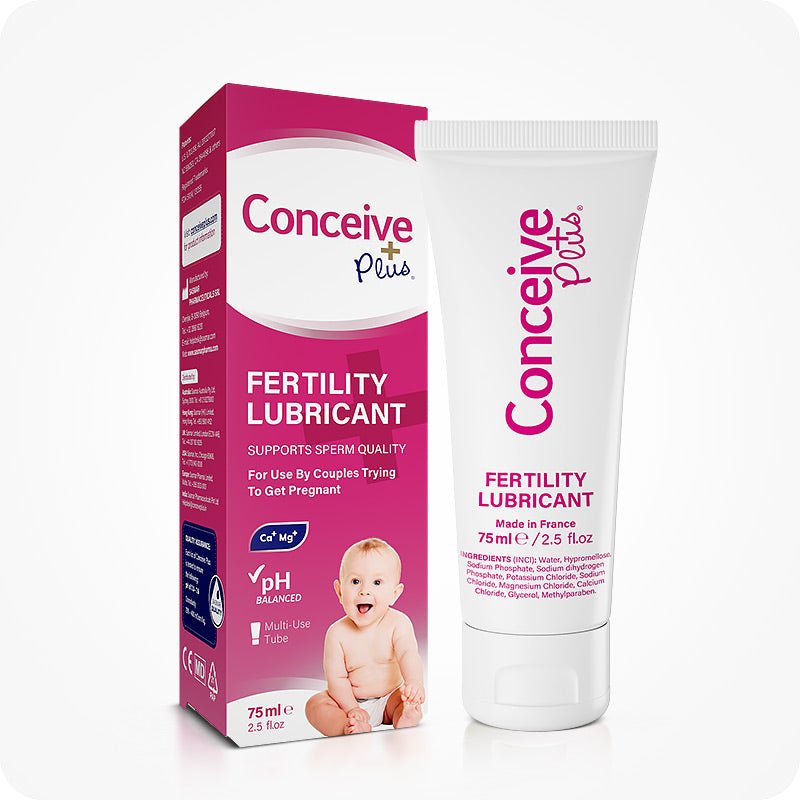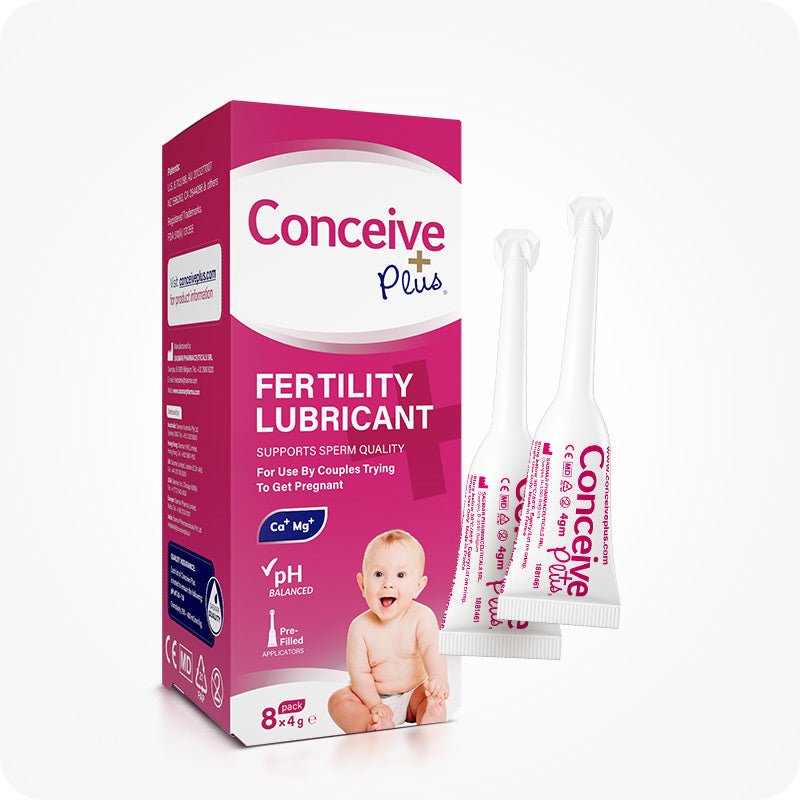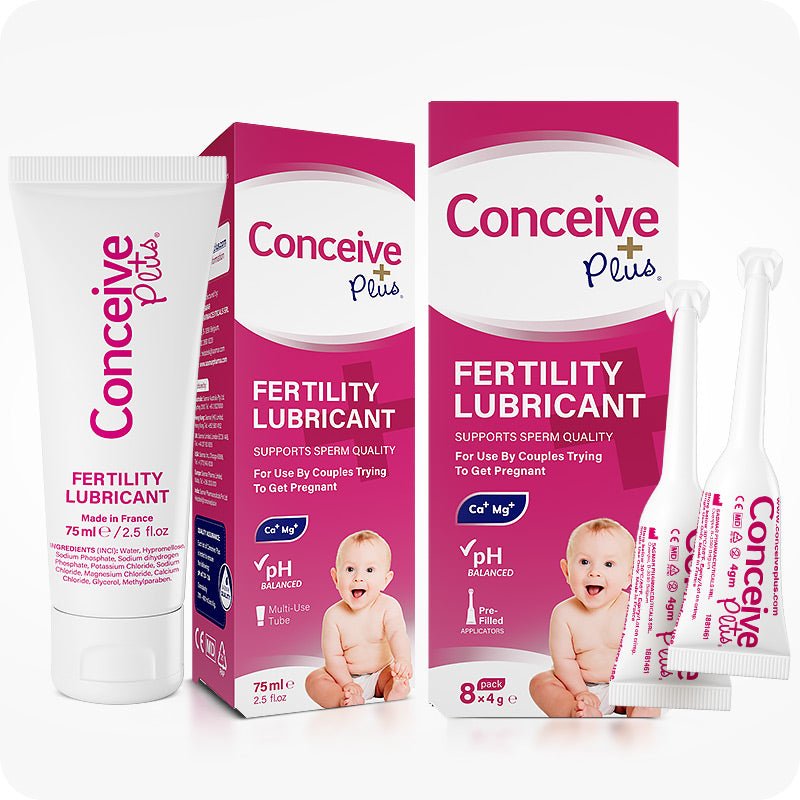Copulation Organ: Male and Female Reproductive Anatomy

The copulatory organs are the organs responsible for conducting sexual activity or reproduction. The copulation organ in males is the penis which has the primary role in intercourse [1].
In females, the main copulatory organ is the vagina. It has the primary role during intercourse and also serves as a passage during childbirth and menstruation [2]. Studying copulatory organs or sex organs of male and female reproductive systems is essential to understanding their proper functioning and detecting any problems on time.
In this article, we will study the sexual organs of both males and females and see how they function for reproduction.
Penis: The Male Copulatory Organ
The anatomy of male and female reproductive organs plays a central role in human reproduction, involving structures designed for fertilization, gestation, and birth. Penis is the male copulatory organ that has a specialized structure for reproduction. It is the major organ in the reproductive system which is responsible for the release of male sperm during ejaculation. Penis also serves as a passage for the urine. In understanding what is the reproductive function of these organs, it's important to recognize that reproduction requires coordination between both male and female systems.

The penis has three main parts: the root, shaft, and glans [3]. The root is the base, anchoring the penis to the body. The shaft is the long, cylindrical part, and the glans is the sensitive, rounded tip.
The shaft is the prominent structure in any copulation diagram. These structures work together during sexual activity and reproduction.
Penis erects in response to sexual orgams, which is necessary for a reproductive role. It erects when the blood flows into the penis, filling spongy tissues inside the shaft. Muscles relax, allowing this blood to stay trapped, making the penis firm and erect. A side-by-side study of anatomy male and female reveals how both systems complement each other to enable reproduction.
Vagina: The Female Copulatory Organ
The vagina is the female copulatory organ which is a muscular canal between the uterus and the external genitalia. The vagina has an essential role in intercourse, childbirth, and menstruation.
Both the penis and vagina are categorized under anatomy genital structures essential for natural conception.

The vagina, on average, is about 3 to 4 inches long, and it has mucous membranes surrounding it. Since it is a flexible tube, it opens to accommodate the penis during intercourse.
It also expands during childbirth, allowing the baby to come out from the mother's body. During menstruation, the vagina also serves as the passage for blood and other waste coming out from the uterus.
Male And Female Reproductive System Diagram
A diagram of male and female reproductive organs provides a clear visual representation of the physical structures involved in reproduction. Human reproductive system diagrams can provide valuable information about the structure and function of different male-female human body parts. Diagrams of male and female reproductive organs also make it easy to understand the causes of reproductive issues.
Medical texts often refer to the male female reproductive system diagram to explain sexual anatomy and reproductive functions in educational and clinical settings. Below is the reproductive system diagram male and female showing the key components involved in human reproduction.

Reproductive System Anatomy Male
If you're trying to understand how human reproduction works, reviewing a labeled reproduction diagram can be an effective visual aid.
Here is reproductive diagram of the female:

Reproductive System Anatomy Female
Such diagrams offer a simplified view of male female human body parts essential for understanding reproductive health and development.
Anatomy of the Male Reproductive System
The male reproductive system is responsible for producing and delivering sperm for reproduction. It consists of external and internal genital organs that work together to ensure proper function [4]. The major organs in reproductive system in males include the testes, vas deferens, epididymis, and prostate gland, each contributing uniquely to fertility.
External Male Organs
External organs refer to those sexual parts which are outside the body. These include:
- Penis: The penis is the primary reproductive organ in the male genital system anatomy. It serves as the channel for man sperm during ejaculation and urine during excretion.
The structure of the penis includes the shaft and the glans (tip), with erectile tissue that allows it to become firm during sexual arousal, making intercourse possible [3].
- Scrotum: The scrotum is the pouch of skin that holds the testes outside the body. This positioning helps regulate the temperature of the testes, keeping them slightly cooler than the body temperature, which is essential for healthy sperm production [5].
Internal Male Organs
The internal organs in the male reproductive system include:
- Testes: The testes are the male gonads responsible for producing sperm and the hormone testosterone. Testosterone is responsible for sexual development in males [6]. Testes are responsible for generating millions of sperm cells daily.
- Epididymis: The epididymis is a tube located at the back of each testicle in the shape of a coil. It is where sperm is stored and matures after being produced in the testes. Sperm also gain the ability to swim at this point.
- Vas Deferens: The vas deferens is also commonly known as sperm carrying tube. It is a long tube that carries the mature sperm from the epididymis to the urethra. Here, the healthy seminal fluid and sperm mix together to form semen before ejaculation.
- Prostate Gland and Seminal Vesicles: The male reproductive system has various small secretory glands, including the prostate gland and seminal vesicles. These glands contribute to semen production by adding fluids that nourish the sperm. These glands are considered major organs in the reproductive system due to their role in enabling successful fertilization. They also protect sperm during their journey inside the female reproductive system.
Anatomy of the Female Reproductive System
The female reproductive system is a complex structure designed to support egg production, fertilization, and pregnancy [7]. The major organs of the reproductive system in females include the ovaries, uterus, fallopian tubes, and vagina. It consists of both external and internal organs, each playing a key role in reproduction.
External Female Organs
The organs that are exposed to the outside environment are included in the external organs, and these include:
- Vulva: The vulva includes the outer parts of the female genitalia, protecting the internal reproductive organs. It consists of the labia majora, labia minora, and the external opening of the vagina [8]. Its main function is to act as a barrier and help with sexual arousal.
- Clitoris: The clitoris is a small but highly sensitive organ responsible for sexual arousal. It contains numerous nerve endings and, when stimulated, can contribute to sexual pleasure.
Internal Female Organs
The organs inside the female reproductive system are:
- Vagina: The vagina is a passage made up of muscles that connects the external genitals to the uterus. The sperm cells pass through this passage during intercourse. And lastly, it serves as the birth canal during childbirth.
- Uterus: The uterus, also commonly known as the womb, is a hollow, muscular organ where the egg implants after fertilization and develops into a fetus. It provides nourishment to the growing embryo during pregnancy.
- Ovaries: The ovaries produce female reproductive cells called eggs (ova). Another important function of the ovaries is the release of hormones like estrogen and progesterone. These hormones regulate the menstrual cycle and support pregnancy.
- Fallopian Tubes: The fallopian tubes is a connection between the ovaries and the uterus. It is the site where fertilization occurs. Once the egg is fertilized, it moves down the tube toward the uterus for implantation.
A comprehensive understanding of anatomy genitalia helps recognize how female organs adapt to processes like menstruation, fertilization, and childbirth.
Common Male Reproductive Issues
Male body anatomy and female reproductive system significantly differ from each other and this is why both have specific reproductive issues.
Men can face various reproductive health issues that affect their sexual anatomy and ability to conceive. These include:
- Erectile Dysfunction: It is a condition where a man can't get or maintain an erection long enough for intercourse.
- Prostatitis: Inflammation of the prostate gland can impact sexual function and the overall anatomy of genitalia.
- Low Testosterone Levels: Reduced testosterone can affect libido, sperm production, and the development of sexual body parts.
These conditions may affect male female body parts involved in reproduction and reduce the chances of natural conception.
Common Female Reproductive Issues
Women also experience reproductive health challenges that can influence female fertility. These include:
- Polycystic Ovary Syndrome (PCOS): Hormonal imbalance is the major cause behind PCOS. This condition can lead to irregular menstrual cycles, which make it difficult for women to conceive.
- Endometriosis: Endometriosis is a condition in which uterine lining-like tissues grow outside the uterus. It causes pain, discomfort, and fertility issues.
- Fibroids: Fibroids are the noncancerous growths in the uterus that can affect reproductive health and pregnancy. By studying the organs for reproductive system and viewing accurate diagrams, individuals can better understand their reproductive health and recognize potential concerns early.
The Bottom Line
Penis is the male copulatory organ, while vagina is the female copulatory organ. These organs are involved in the process of intercourse and also performs some other functions in the body. The term copulation organ refers to the reproductive structure involved in sexual intercourse and is essential for natural conception.
The penis allows urine to pass through it in addition to semen release. Similarly, the vagina, in addition to its involvement in intercourse, serves as passage for the child during delivery and menstrual fluid during menstruation.
Maintaining the health of the anatomy of genital or male-female body parts is important for fertility and increased chances of conception.
Resources Used
- Institute for Quality and Efficiency in Health Care (IQWiG). (2022b, May 18). In brief: What do the male sex organs do? InformedHealth.org - NCBI Bookshelf. https://www.ncbi.nlm.nih.gov/books/NBK525757/
- Gold, J. M., & Shrimanker, I. (2023, July 24). Physiology, Vaginal. StatPearls - NCBI Bookshelf. https://www.ncbi.nlm.nih.gov/books/NBK545147/
- Sam, P., & LaGrange, C. A. (2023, July 24). Anatomy, Abdomen and Pelvis, Penis. StatPearls - NCBI Bookshelf. https://www.ncbi.nlm.nih.gov/books/NBK482236/
- Professional, C. C. M. (2024i, September 11). Male Reproductive System. Cleveland Clinic. https://my.clevelandclinic.org/health/body/9117-male-reproductive-system
- Professional, C. C. M. (2024i, August 26). Scrotum. Cleveland Clinic. https://my.clevelandclinic.org/health/body/scrotum
- Corona, G., & Maggi, M. (2022). The role of testosterone in male sexual function. Reviews in Endocrine & Metabolic Disorders, 23(6), 1159-1172. https://doi.org/10.1007/s11154-022-09748-3
- Rosner, J., Samardzic, T., & Sarao, M. S. (2024, March 20). Physiology, Female Reproduction. StatPearls - NCBI Bookshelf. https://www.ncbi.nlm.nih.gov/books/NBK537132/
- Professional, C. C. M. (2024k, September 17). Vulva. Cleveland Clinic. https://my.clevelandclinic.org/health/body/vulva













